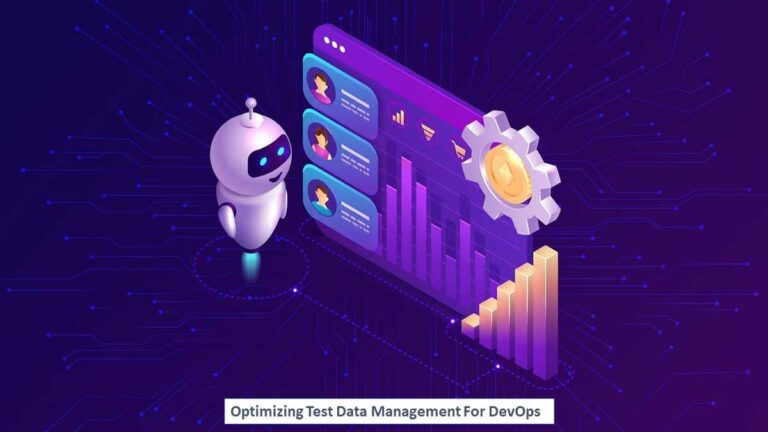Top Reasons to Consider Using Apache Cassandra Database
Using Apache Cassandra Database
Apache Cassandra is a NoSQL database that ensures a higher-level performance, continuous availability, and linear scalability as required by modern-day applications. Apache Cassandra also an open-source, which first started internally at Facebook and then was released as an independent open-source project in 2008.
Cassandra ensures continuous availability with zero downtime, along with high performance. It also offers effortless replication and operational simplicity across all centers and geographies. Cassandra can also handle a huge amount of data and execute many operations per second in multi-cloud and hybrid cloud environments.
Key features of Cassandra Database
When there is a need to process server logs, social media data, emails, blog posts, PDF files, etc., Cassandra will help cover it all. As a result, you can make an informed decision without leaving your data exposed to anyone. Beyond all these, Cassandra can also deliver many other benefits. Here are some of the top benefits of Cassandra.
Reason 1
Apache Cassandra Database is open source
In our times, the software development organizations are largely adopting open source technologies for the cost benefits and security and starting from Linux OS to many progressive open-source technology suits to manage the data infrastructure.
Open-source technologies are much attractive because these extensive and flexible to avoid any vendor lock-ins. Organizations are also adopting many new open-source technologies to speed up their innovation and faster response.
Reason 2
Apache Cassandra Database possesses a familiar interface
The Cassandra Query Language or CQL is very much similar to the Structured Query Language (SQL), which means it is easy for the developers to have a fairly easy understanding of it. This makes adoption of Cassandra much easier for the conventional RDBMS database administrators and programmers.
Reason 3
Apache Cassandra Database features high performance
The majority of the traditional databases feature a secondary architecture too. There is a primary replica that performs all read and write operations in such a configuration, while the second one can perform only the read operations. Downsides of this architecture are increased latency, higher cost, and lower availability at scale.
In the case of Cassandra, there is no single node that is in charge of replicating data. Instead, each node can perform all the read and write operations. This will help improve the performance and can add more resilience to the database.
Reason 4
Apache Cassandra Database ensures zero downtime
Since all Cassandra nodes can execute the read and write operations, the data is replicated quickly across all the hybrid cloud environments and different geographies. In any event of a node failure, the users are routed automatically to the nearest healthy node. The users will not even notice a knockdown of the node as the application tends to behave as meant for even when there is a failure.
As a result of the same, applications are available all the time, and there is no downtime at all. Cassandra also features a built-in repair service, which will help fix the problems instantly as they occur and executed without any manual intervention.
Productivity also need not be taken a hit during node failures. For more information regarding Cassandra’s advantages in terms of avoiding downtimes, you may consult with RemoteDBA.com offering remote DBA services.
Reason 5
Apache Cassandra Database offers better scalability
In traditional database environments, scaling of the applications was a very time-consuming and costly affair, which had to be accomplished through vertical scaling and with the use of expensive machines.
Cassandra will help scale the database horizontally by adding more nodes to its cluster. For example, about four modes may be able to handle about 200,000 transactions per second, whereas eight nodes can handle about 400,000 transactions per second.
Reason 6
Apache Cassandra Database enables seamless replications
Enterprises are moving increasingly to a multi-data model, in which the hybrid cloud environment and multi-cloud deployments without getting locked on to the provider’s ecosystem. Getting the most out of multi-cloud environments starts with an underlying advanced cloud database that can offer better security, scalability, performance, availability, etc.
For such reasons, it is no surprise that the cloud market is expected to grow exponentially over the next few years. Cassandra is now increasingly popular in this line of cloud-enabled database applications and underpins some of the heavy-loaded applications like Facebook.
Apart from being the backbone of Facebook and the media streaming app like Netflix, Cassandra is also a very resilient and scalable database that can be easily managed by the database administrators to configure and find solutions for even complex problems.
Cassandra can also facilitate metrics collection, event logging, and monitoring of historical data. All these tasks are so hard to accomplish at the database level, given the variety of platforms we use now and different operating systems and browsers and devices coming into the picture.
We may compile the 5 major features of Cassandra are:
- It helps to solve the most complicated database tasks with ease.
- Cassandra has a very short learning curve.
- It helps to lower the cost overhead for DevOps operations.
- Fast reading and rapid writing.
- High resilience and high fault tolerance
As we have already discussed, metrics collection, event logging, and analyzing historical data are Cassandra’s strengths. However, once you start using this tool to its fullest, you will find it capable of doing many more tasks that can be delegated to Cassandra.
Lowered administrative costs make Cassandra incredibly useful. One can also concentrate more on the core tasks rather than on fighting with issues like deciphering the logs, etc.
Cassandra was developed from the Facebook family, where millions of writes and reads are happening every second. It is made capable of offering an incredible level of performance. What is even more important is that it can scale very effortlessly.
After measuring the read and writing performance values on the server, you can easily calculate how much more space and servers needed to be added to the cluster to reach the desired performance level.
As a final thought to conclude, we hope that now you agree with the Cassandra database’s abilities. As an extremely useful multitasking DB for enterprise DBMS. Even when your project requirements do not allow you to use it as the primary database, considering Cassandra will surely benefit you in the big data spectrum in the future.
First published on www.Techcody.com






